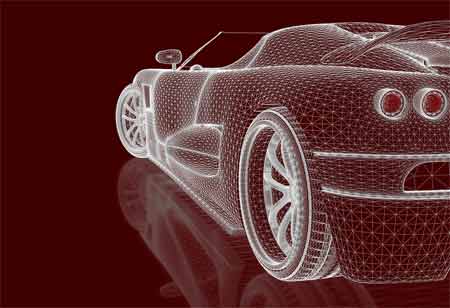THANK YOU FOR SUBSCRIBING
THANK YOU FOR SUBSCRIBING
Be first to read the latest tech news, Industry Leader's Insights, and CIO interviews of medium and large enterprises exclusively from Auto Tech Outlook

By
Auto Tech Outlook | Monday, November 04, 2024
Stay ahead of the industry with exclusive feature stories on the top companies, expert insights and the latest news delivered straight to your inbox. Subscribe today.
Autonomous braking systems utilizing AI for precise decision-making improve road safety, but a clear regulatory framework and public education are crucial for their development and deployment.
FREMONT, CA: Autonomous braking systems (ABS) have revolutionized road safety, significantly reducing accidents and saving countless lives. However, with the advent of artificial intelligence (AI), these systems are poised to reach new heights, offering even greater protection to drivers and passengers. AI is transforming autonomous braking systems by transforming traditional anti-lock braking systems (ABS) into highly intelligent solutions capable of making precise, split-second decisions in complex driving environments.
One essential advancement is enhanced object recognition. AI algorithms allow the system to accurately identify pedestrians, cyclists, and vehicles, even under low lighting or adverse weather conditions, thereby improving hazard response. AI-driven predictive braking enables the system to analyze real-time traffic data and historical patterns, anticipating potential accidents and proactively initiating braking. Additionally, adaptive braking capabilities use AI to adjust the braking force to match varying road conditions and vehicle speeds, ensuring consistent braking performance. These systems continuously learn from each driving experience, refining decision-making processes to adapt to new scenarios and enhance performance over time.
AI-integrated autonomous braking systems offer significant benefits, including reduced accidents through improved object recognition predictive, and adaptive braking. By enhancing road safety, AI-powered ABS contributes to a safer environment for pedestrians, cyclists, and other motorists. In unavoidable collisions, these systems help reduce injury severity by minimizing crash impact.
Real-World Applications and Future Trends
As AI-enhanced autonomous braking systems continue to develop, numerous automakers are beginning to integrate advanced iterations of this technology into their vehicles. These systems offer significant capabilities, including detecting and responding to pedestrians and cyclists, utilizing sophisticated AI algorithms that function effectively in low-light conditions or when individuals are partially obscured. Additionally, by analyzing real-time traffic data alongside historical patterns, AI can predict potential collisions and initiate braking measures more swiftly than a human driver could react. Furthermore, these AI-powered systems can adapt their braking behavior based on various factors, such as road surface conditions, weather, and vehicle load. Some systems even possess the capability to learn from the driving habits of individual users, allowing them to tailor responses to specific situations for enhanced safety.
Several critical factors warrant attention when considering the advancement of AI-enhanced autonomous braking systems. A clear and comprehensive regulatory framework is essential to govern the development and deployment of these systems, ensuring safety and efficacy. Furthermore, educating the public about the benefits and limitations of autonomous braking technologies to foster trust and acceptance within the community is crucial. In the long run, collaboration among automakers, technology companies, and regulatory bodies is necessary to establish standardized protocols, thereby ensuring interoperability and enhancing the overall effectiveness of these innovations.
 Copyright © 2025 AutoTech Outlook. All Rights Reserved | Privacy Policy | Subscribe | Sitemap | About us | Feedback Policy | Editorial Policy
Copyright © 2025 AutoTech Outlook. All Rights Reserved | Privacy Policy | Subscribe | Sitemap | About us | Feedback Policy | Editorial Policy 



